
Entomology is the scientific study of insects, a branch of zoology. In the past the term insect was less specific, and historically the definition of entomology would also include the study of animals in other arthropod groups, such as arachnids, myriapods, and crustaceans. This wider meaning may still be encountered in informal use.
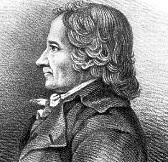
Johan Christian Fabricius was a Danish zoologist, specialising in "Insecta", which at that time included all arthropods: insects, arachnids, crustaceans and others. He was a student of Carl Linnaeus, and is considered one of the most important entomologists of the 18th century, having named nearly 10,000 species of animals, and established the basis for the modern insect classification.
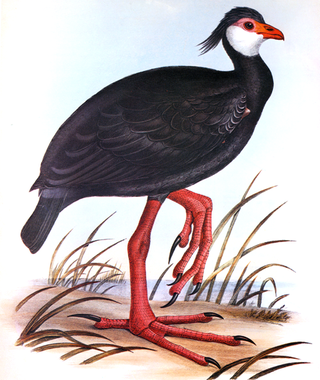
George Robert Gray was an English zoologist and author, and head of the ornithological section of the British Museum, now the Natural History Museum, in London for forty-one years. He was the younger brother of the zoologist John Edward Gray and the son of the botanist Samuel Frederick Gray.

John Obadiah Westwood was an English entomologist and archaeologist also noted for his artistic talents. He published several illustrated works on insects and antiquities. He was among the first entomologists with an academic position at Oxford University. He was a natural theologian, staunchly anti-Darwinian, and sometimes adopted a quinarian viewpoint. Although he never travelled widely, he described species from around the world on the basis of specimens, especially of the larger, curious, and colourful species, obtained by naturalists and collectors in England.
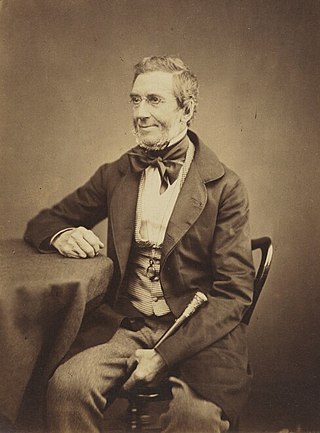
John Curtis was an English entomologist and illustrator.
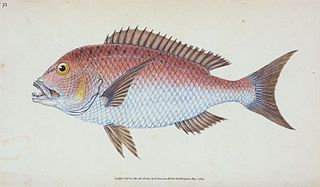
Edward Donovan was an Anglo-Irish writer, natural history illustrator, and amateur zoologist. He did not travel, but collected, described and illustrated many species based on the collections of other naturalists. His many books were successful in his time. He died penniless in 1837 leaving a large family destitute.

Francis Walker was an English entomologist. He was born in Southgate, London, on 31 July 1809 and died at Wanstead, England on 5 October 1874. He was one of the most prolific authors in entomology, and stirred controversy during his later life as his publications resulted in a huge number of junior synonyms. However, his assiduous work on the collections of the British Museum had great significance.

Alexander Henry Haliday was an Irish entomologist. He is primarily known for his work on Hymenoptera, Diptera, and Thysanoptera, but worked on all insect orders and on many aspects of entomology.

Bibionidae is a family of flies (Diptera) containing approximately 650–700 species worldwide. Adults are nectar feeders and emerge in numbers in spring. Because of the likelihood of adult flies being found in copula, they have earned colloquial names such as "love bugs" or "honeymoon flies".
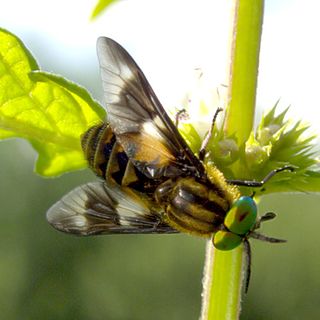
Superfamily Tabanoidea are insects in the order Diptera.

A wasp is any insect of the narrow-waisted suborder Apocrita of the order Hymenoptera which is neither a bee nor an ant; this excludes the broad-waisted sawflies (Symphyta), which look somewhat like wasps, but are in a separate suborder. The wasps do not constitute a clade, a complete natural group with a single ancestor, as bees and ants are deeply nested within the wasps, having evolved from wasp ancestors. Wasps that are members of the clade Aculeata can sting their prey.
Myennis mandschurica is a species of ulidiid or picture-winged fly in the genus Myennis of the family Ulidiidae.

Myennis is a genus of picture-winged flies in the family Ulidiidae.

Insects are hexapod invertebrates of the class Insecta. They are the largest group within the arthropod phylum. Insects have a chitinous exoskeleton, a three-part body, three pairs of jointed legs, compound eyes, and a pair of antennae. Insects are the most diverse group of animals, with more than a million described species; they represent more than half of all animal species.

The Milesiini is a large and diverse tribe of hoverflies. They mimic wasps or hornets.
Louis Beethoven Prout (1864–1943) was an English entomologist and musicologist.
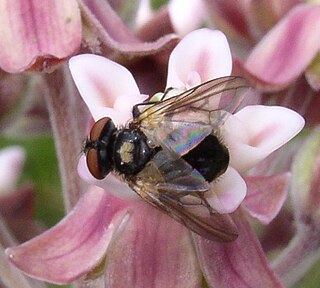
Phasiini is a tribe of flies in the family Tachinidae. As a result of phylogenetic research, most members of this tribe were transferred to other tribes in the subfamily, leaving only the two genera Elomya and Phasia.
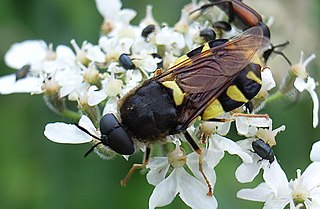
Stratiomys is a genus of flies in the family Stratiomyidae.

The Armenian cochineal, also known as the Ararat cochineal or Ararat scale, is a scale insect indigenous to the Ararat plain and Aras (Araks) River valley in the Armenian Highlands, including East of Turkey. It was formerly used to produce an eponymous crimson carmine dyestuff known in Armenia as vordan karmir and historically in Persia as kirmiz. The species is critically endangered within Armenia.

Insects are the most numerous and widespread class in the animal kingdom, accounting for up to 90% of all animal species. In the 2010s, reports emerged about the widespread decline in insect populations across multiple insect orders. The reported severity shocked many observers, even though there had been earlier findings of pollinator decline. There has also been anecdotal reports of greater insect abundance earlier in the 20th century. Many car drivers know this anecdotal evidence through the windscreen phenomenon, for example. Causes for the decline in insect population are similar to those driving other biodiversity loss. They include habitat destruction, such as intensive agriculture, the use of pesticides, introduced species, and – to a lesser degree and only for some regions – the effects of climate change. An additional cause that may be specific to insects is light pollution.


















